
Developer: Whale Peak Games
Publisher: Super Rare Originals
Platform: PC, Xbox One, Xbox Series X|S
Tested on: PC
Go Mecha Ball – Review
After a whopping four years of development, indie developer Whale Peak Games unleashed the full version of Go Mecha Ball last month. The development team has been building up hype for the game for quite some time now, and the Steam Next Fest Demo was well received. Of course, that doesn’t necessarily translate into a full game that is worth it. Game Pass owners can give Go Mecha Ball a try for free, but before the rest of us drop €20 on Whale Peak Games’ new title, let’s take a look at whether the game deserves your attention.
Story
A very short opening scene details Go Mecha Ball’s premise, and there are a handful of different endings to unlock, but ultimately, there isn’t a whole lot to the game’s narrative. Our protagonist is Cat Rascal, a member of a race of cat-like aliens from the planet Spira. When a portal opens above Spira, the planet is overrun by the forces of chaos. Spira’s inhabitants provide Cat Rascal with special mecha armor, and it’s now up to our hero to defeat the forces of chaos and return fun to Spira. Yes, you read that right: Cat Rascal’s goal isn’t to return peace to the planet, but fun instead.
Graphics
The lack of narrative depth is reflected in the way the story is visually represented. There are no cutscenes, and instead, a series of static illustrations depict the events that happen prior to Go Mecha Ball’s gameplay. In-game visuals are significantly more dynamic, owing not only to the fast-paced gameplay but the sheer amount of visual effects like screen shake that are on by default. You can adjust these in the settings and we recommend you do at least tweak these as the default can feel pretty overwhelming. That said, despite the sheer amount of movement on screen, Go Mecha Ball’s performance is surprisingly smooth, with a steady frame rate and no mentionable stutter.
Sound
While Go Mecha Ball’s visuals impressed us, the same cannot be said for the soundscape. The droning electronic music and loud sound effects might fit the chaotic nature of the gameplay, but they grow really annoying really fast. The music keeps looping over and over again, and since a stage can take around 30 minutes to complete, you can imagine that Go Mecha Ball’s audio overstays its welcome. We quickly muted the game and didn’t feel like we were really missing out on anything.
Gameplay
Serving up an unlikely mashup of different genres, Go Mecha Ball is a one-of-a-kind game. Equal parts pinball game and rogue-like twin stick shooter, the game offers fast-paced and exhilarating gameplay that is easy to pick up. The core mechanics are streamlined and polished, but that doesn’t necessarily mean that Go Mecha Ball is a walk in the park. After tackling a very intuitive tutorial, you’re dropped into a series of increasingly more challenging levels, where enemies attack you in waves. Your objective is simply to defeat them all. After clearing a level, you can return to the game’s hub area and spend your earnings on upgrades, giving you a slight edge when you tackle the next level. There’s the occasional boss battle too, of course, but by and large, this covers pretty much the entirety of Go Mecha Ball. There is very little depth here, but the sheer straightforwardness is part of what makes the game so fun.
Controlling Cat Rascal is a breeze. Transforming into rolling mode is instantaneous, and by crashing into enemies, you’ll not only damage them but restore your ammo. The damage caused by rolling is of course limited compared to shooting, so you’re encouraged to constantly swap between shooting and rolling. You start out with very basic gear but as you play levels over and over again, you’ll unlock a wide range of guns. The beauty of Go Mecha Ball’s arsenal doesn’t truly show itself until after a few hours of playing, when you’re able to purchase the better and more fun equipment. This might turn off some players, but in this case, we appreciate this as it means that there are still surprises later on in the game. There is a wide variety of weapons to experiment with, and thanks to built-in aiming assists, you won’t waste precious time or ammo on missed shots. You’re also able to swap weapons on the fly, and your more powerful shots are allocated to their own button. This approach helps with making Go Mecha Ball’s gun mechanics feel as fast-paced and streamlined as they do.
Likewise, the level layouts have plenty of ramps and speed boosters to help you build up the momentum needed to crash into whatever stands in your way. The game takes place across different environments and each of these introduces different stage features. Desert levels, for example, introduce big fans that can lift Cat Rascal into the air. Of note here is that the stages aren’t procedurally generated, but carefully designed. This means that you can memorize them and optimize the way you tackle the waves of enemies. Bosses also have specific attack patterns that you can memorize, so trial and error is the key to victory here. We should note that these attack patterns don’t change when tackling stages at higher difficulties, and instead, enemies simply get a stat increase.
The core gameplay is fantastic and easy enough to understand, but there is one area where Go Mecha Ball drops the… well, ball, and that is with clarity when it comes to upgrades. When you have to choose between various upgrades, there is occasionally overlap on which stat gets boosted, but the game doesn’t tell you how much each upgrade does. You might have to choose between an upgrade that increases just your damage output, for example, and another that ups both damage output and crit chance, but without knowing which of the two offers the bigger boost to damage output, you might end up making a wrong choice. This is because the game doesn’t indicate a boost percentage. Just like any good rogue-like, Go Mecha Ball is built around replaying the stages over and over again to improve your score, and seemingly minor details like this can make a huge difference.
That said, there definitely is plenty of replay value here regardless, especially since you can also unlock different characters to tackle the levels with. Go Mecha Ball is a fairly short game, with only four bosses, each separated by three levels, for a total of 16 stages. However, there are various difficulty levels. So, despite this not being the longest game, there are plenty of ways that the game can keep you occupied. The downside is that not even the fast-paced and streamlined gameplay, and the randomized nature of upgrades and abilities you unlock, provide enough variety for prolonged gameplay sessions. This is one of those titles that is fun enough that we can see ourselves returning to it every once in a while to complete a run, but it’s not a game that will dominate your gaming evenings for weeks to come.
Conclusion
Despite some glaring flaws, mostly in the audio department, Go Mecha Ball turned out to be a very pleasant surprise. The core gameplay loop is enjoyable, especially in short bursts or as a palette cleanser in between “bigger” games. The unique combination of rogue-like twin-stick shooter and pinball game combined with simple gameplay does a lot of the heavy lifting. We won’t say that Go Mecha Ball is an absolute must-have title, but you could do far worse when looking for something new to add to your library.

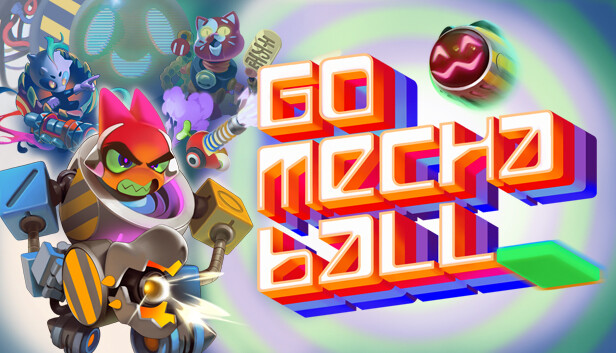
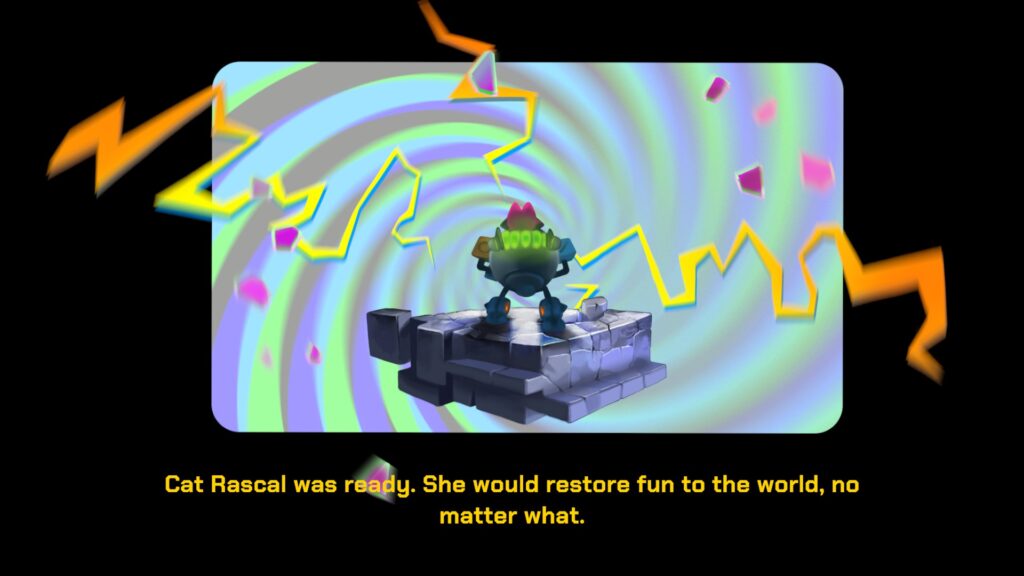
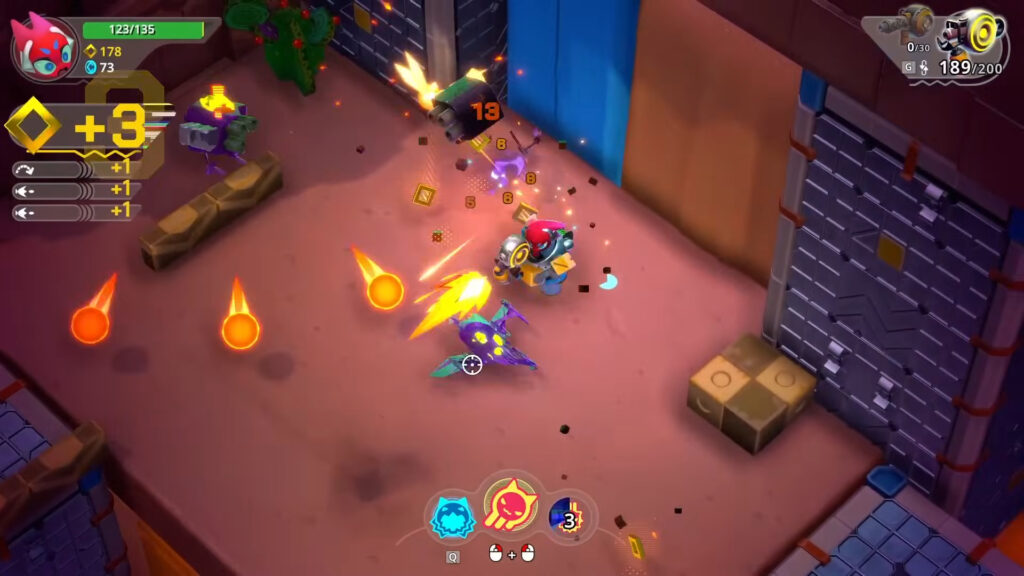
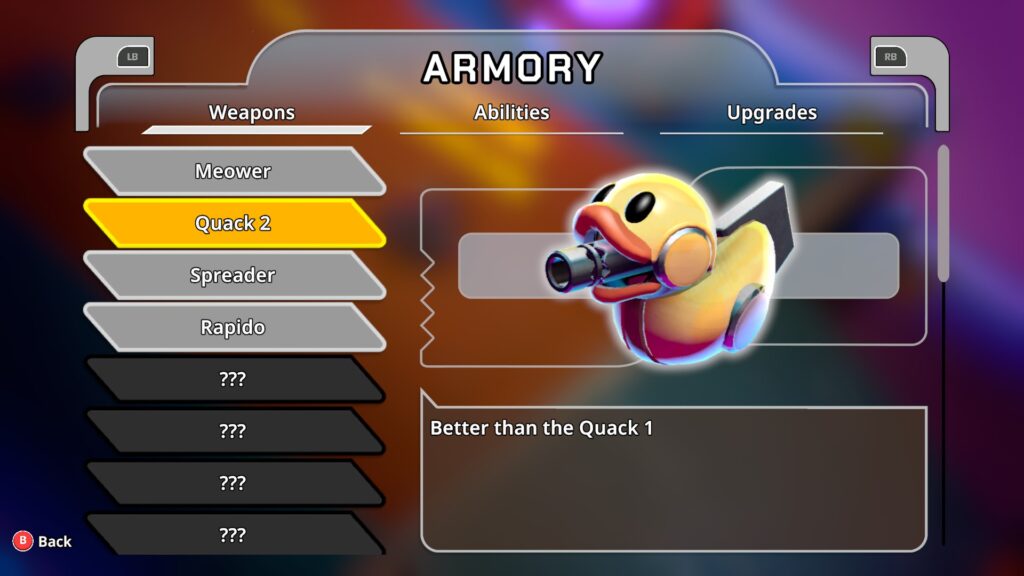
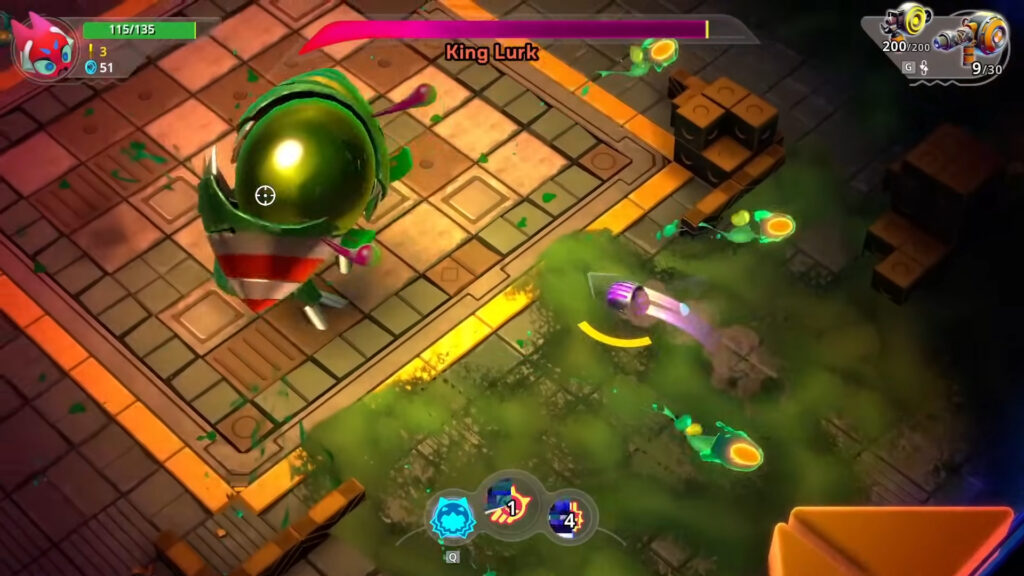




No Comments